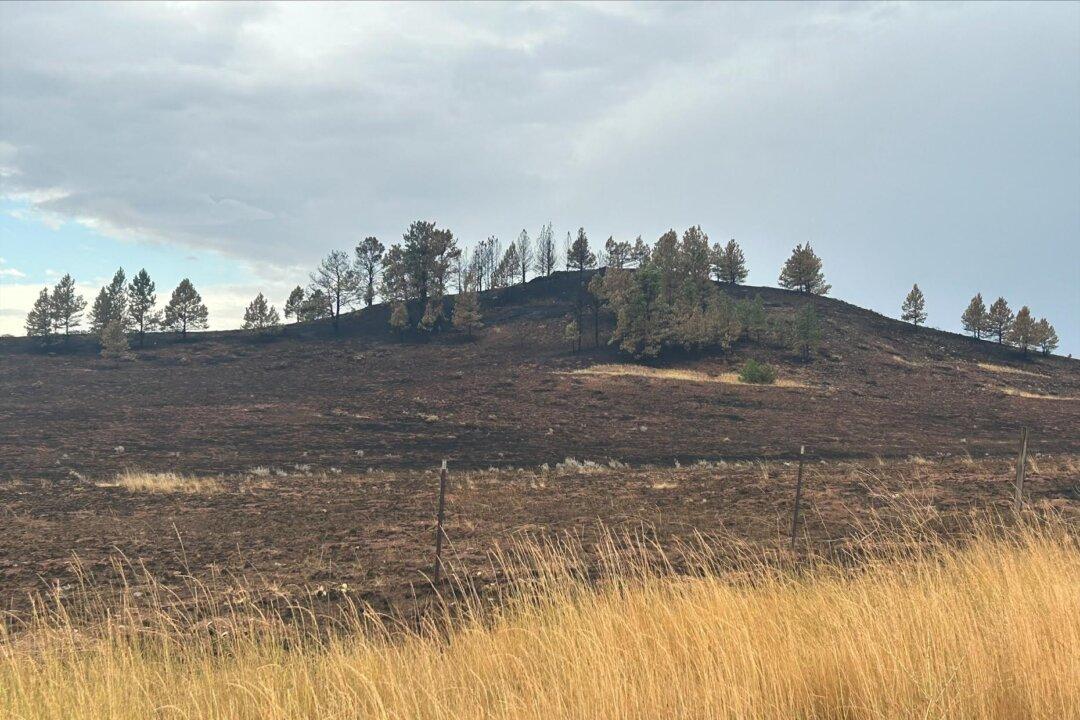Wyoming officials are calling a 118-square-mile fire charging through the Bighorn National Forest “unprecedented.”
In a community meeting on Oct. 9 in Big Horn to discuss what is now termed the Elk Fire, Forest Supervisor Andre Johnson of the U.S. Forest Service described the conditions under which firefighters have been working.





